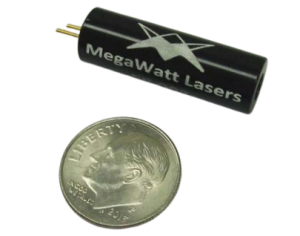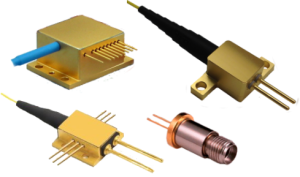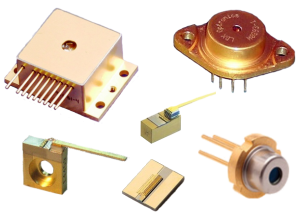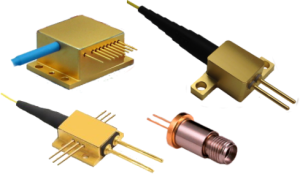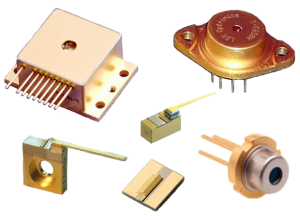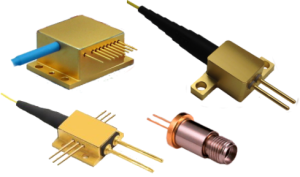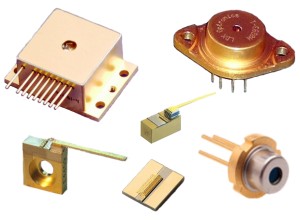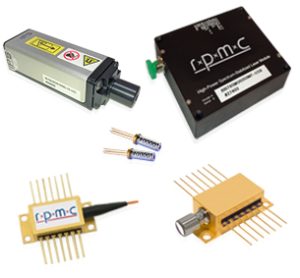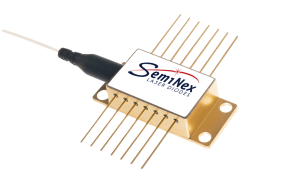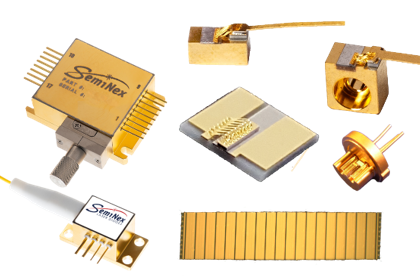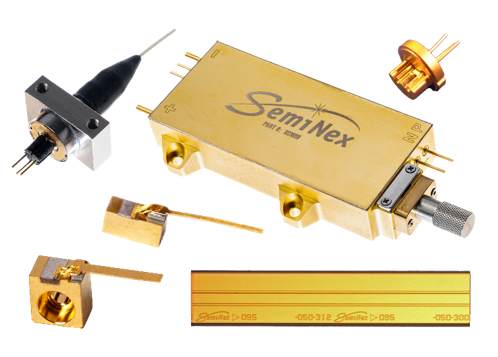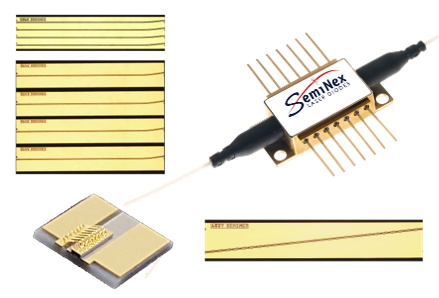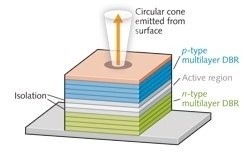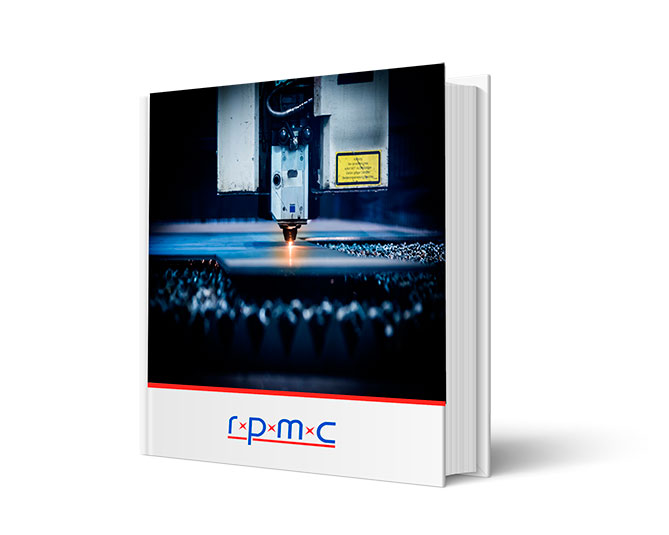The Made in the USA Lasers We Offer:
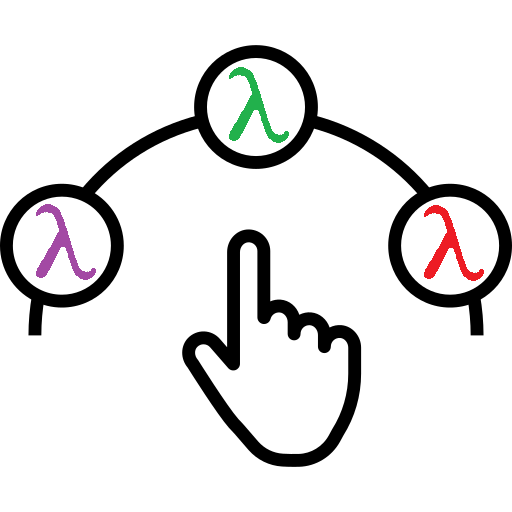
Widest Selection of Wavelengths & Packages in the Industry
-
- Many standard free space or fiber-coupled packages
- Easy integration, no matter your system design
- Many output powers at most wavelengths – Custom options available

Convenience & Quality of US-Based Manufacturing/Shipping
-
- All products are proudly built & shipped from within U.S.
- Guaranteed supply for the life of your program with no changing or obsoleting products
- Just-in-time deliveries with buffer stock – No tariffs or international shipping issues

Complete Customization of all Aspects of the Design
-
- Custom emitter, epitaxy, sub-mount, and package designs
- Optional TEC, photodiode, collimation, or ruggedization
- Customizable packages based on your requirements
For nearly 30 years, RPMC’s selection of Made in the USA Lasers has set the standard for affordable precision across a wide range of applications, from defense to medical, industrial, and research with 1000’s of successful units in the field. We understand that every application has unique requirements, which is why our configurable platforms are designed to offer the perfect fit for your needs—whether you’re working with fundamental wavelengths, harmonics, or specialty wavelengths. As your partner, we’re here to guide you through the selection process, ensuring that your made in the USA laser integrates seamlessly into your existing systems. With time-tested technology that balances power and precision, we’re committed to supporting your success every step of the way.

 SHIPS TODAY
SHIPS TODAY 
